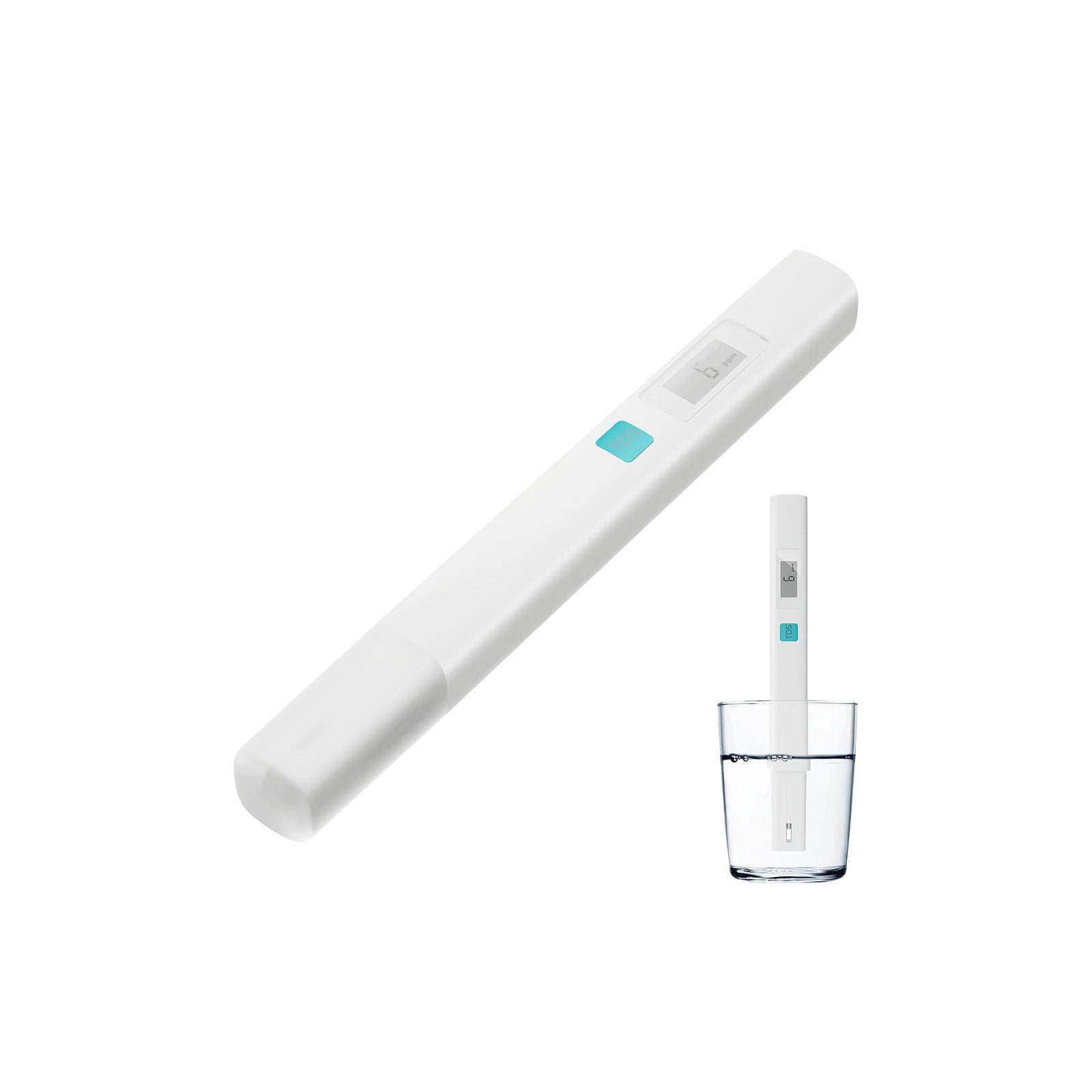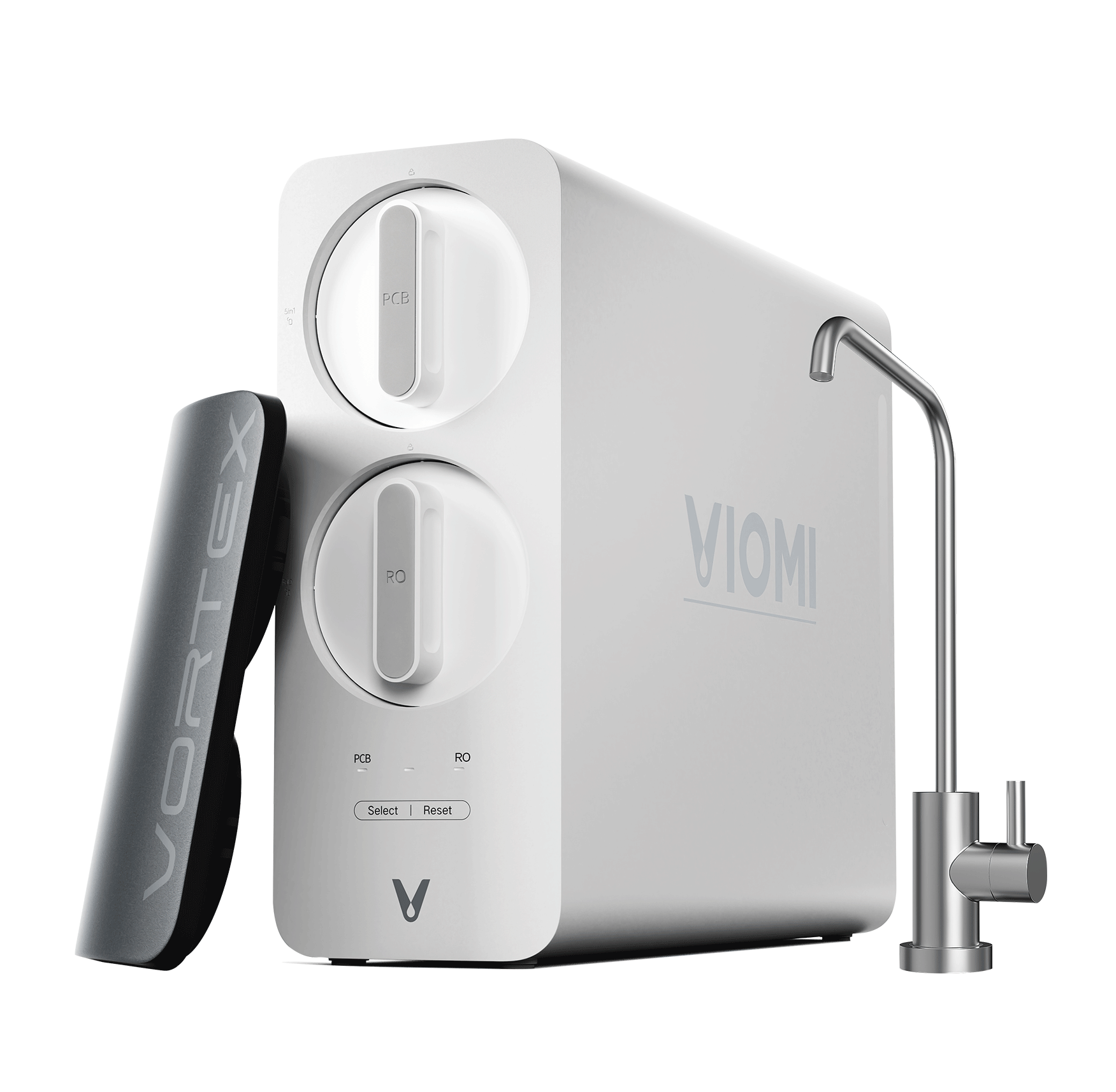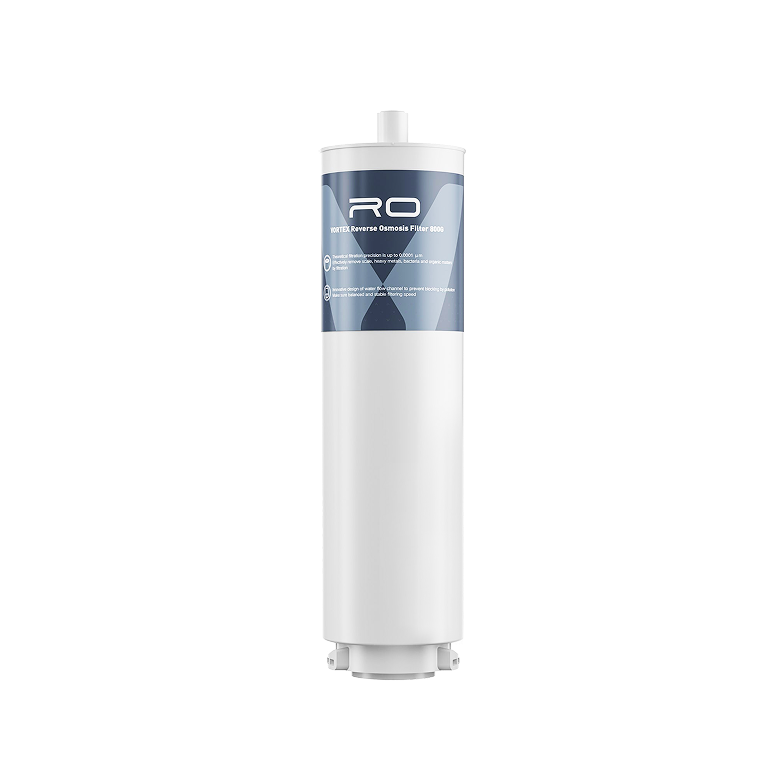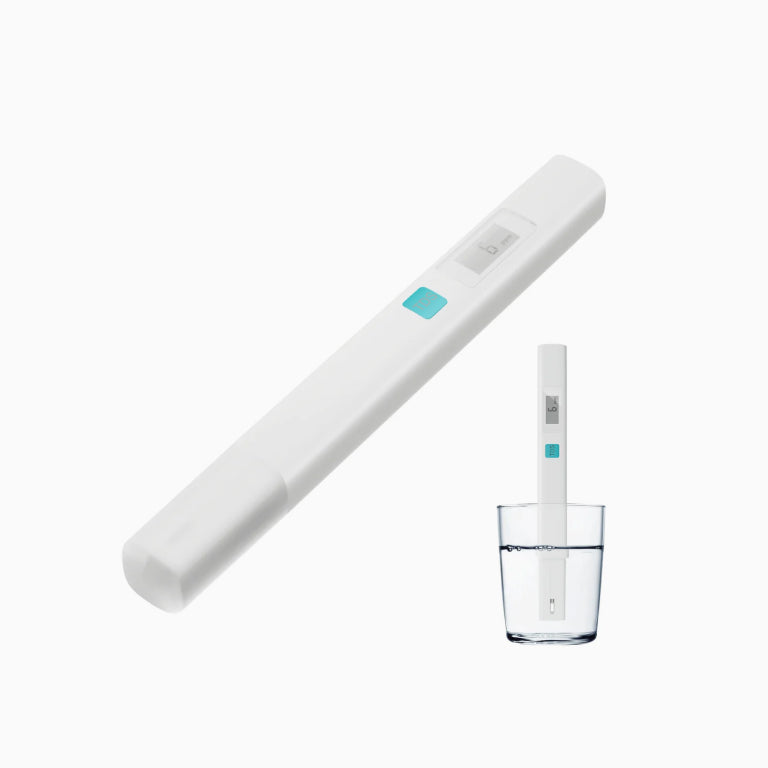Is Your Drinking Water Truly Clean? A Guide to Using a TDS Meter
Digital TDS Water Quality Testing Meters – Viomiwater
Are you certain of the water that you and your family drink every day? With the Viomi TDS Meter, you don't have to ask. The mini, instant water quality tester gives you a clear picture of your water purity in a matter of seconds, in the palm of your hand.
This guide will walk you through what a TDS meter is, how to use it, and how it can give you a better understanding of your water's quality so that you can make healthier choices for you and your household.
What is a TDS Meter and Why You Need One?
A TDS Meter, or Water Quality Tester, is a handheld, pocket-sized device that measures the concentration of Total Dissolved Solids (TDS) in a solution. Total Dissolved Solids are a mixture of inorganic salts and organic matter which include minerals like calcium and magnesium, salts, and even heavy metals.
While the majority of these dissolved particles are harmless, a high TDS measurement can be a first indication of a number of things:
- Taste: High TDS can cause water to have a metallic, salty, or bitter taste.
- Water Filter Performance: It's the easiest way to check if your water filter, like a reverse osmosis (RO) system, is working effectively.
- Aquarium and Plant Health: For aquarium owners and hydroponic gardeners, a stable TDS level is crucial for the health of plants and fish.
In short, a TDS meter is an essential tool for any individual who is concerned about their drinking water quality or would wish to ensure their water purification system is functioning.
How to Use Your Instant Water Quality Tester
A TDS meter is extremely simple to operate, making it the perfect tool for quick and easy home water testing. It only takes a few seconds to do.
A Simple, 3-Step Process
- Preparation: Remove the protective cap from the bottom of your TDS meter.
- The Test: Submerge the probe end of the meter into your water sample carefully. You only need to insert it an inch or two.
- The Reading: Tap the "Hold" button to lock in the reading. The digital display will give you a stable reading in parts per million (ppm). The lower the figure, the fewer dissolved solids.
It really doesn't get much simpler than that. One button and you immediately have a reading that tells you so much about your water.
When to Test Your Water Quality
A portable TDS meter is a convenient meter that you can use in numerous situations. Knowing when to test your water is just as important as knowing how to do it.
- At Home: Test your tap water to get a baseline reading. Then test the water from your home filter (like a reverse osmosis system or water pitcher) to see how well it's working. If you have an aquarium or hydroponic setup, regularly test to maintain ideal water conditions for fish, plants, and crops.
- On the Go: When traveling, you can use your meter to quickly check the quality of water from hotel taps or other sources. This allows you to make an informed decision about whether the water meets your desired purity standards before drinking it.
- Before You Buy: Try out the quality of a new water filter or water delivery service with your meter before committing to it.
Beyond the Numbers: Interpreting Your TDS Reading
Remember that a TDS meter is a great general measure of water quality, although it doesn't test for bacteria, viruses, or other chemical contaminants. For a complete picture, a high TDS reading should be accompanied by further investigation.
What follows is a general guide to understanding your results:
- 0-50 ppm: Ideal for purified water (e.g., from an RO system).
- 50-150 ppm: Typical in good quality tap water, indicating a good balance of natural minerals.
- 150-300 ppm: Generally safe to drink, but may have a noticeable taste.
- 300+ ppm: Usually an indicator of high mineral content or other particulate. Not unsafe, but may affect taste and can be a signal that your filter should be replaced.
The Viomi TDS Meter: Your Go-To Tool for Water Confidence
The Viomi TDS Meter is designed to be your simple, convenient water quality analyzer. Light in weight with instant results, it is perfect for regular water testing at home as well as when traveling.
In your pocket, with a device, you will never ask yourself anymore about the water you drink. Check your filter effectiveness, your hotel water, or your aquarium water to make sure it's okay for your fish. A TDS meter is not a toy; it's an insurance of peace of mind and confidence.



